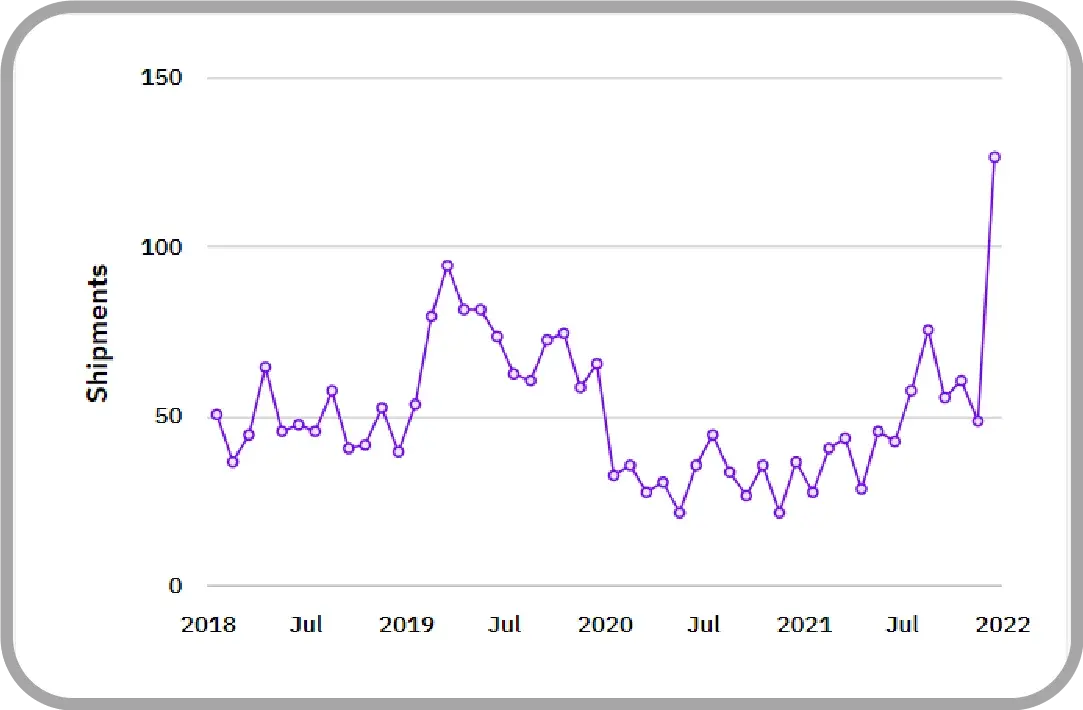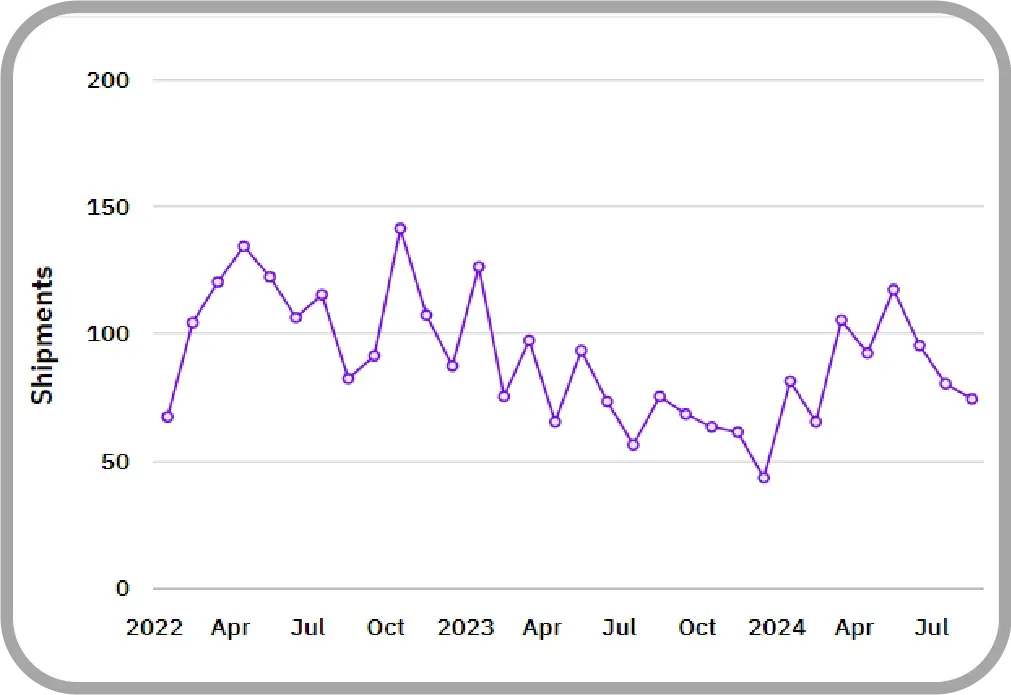Webinars & Videos
Watch videos featuring supply chain experts
The US has announced the end of tariff exemptions on Chinese graphite anodes, critical for electric vehicle (EV) batteries and various industrial uses. This policy shift comes at a time of heightened global competition for raw materials, especially as the demand for EVs rises. Chinese graphite anodes were central to the US EV manufacturing ecosystem due to their lower costs and high availability, but the revocation of tariff exemptions marks a significant change in US trade policies and supply chains.
The tariffs on graphite anodes were first imposed in 2018 under the Trump administration's Section 301 Tariff. However, due to China's dominant position in the graphite supply chain, the 25% tariff has been waived in recent years to ensure a steady supply. Many in the market had expected the US might extend this exemption until 2026, similar to natural graphite tariffs announced earlier in May 2024. Despite these expectations, the exemption is set to end after June 14, 2024.

Between 2018 and 2021, China was the dominant supplier of graphite anodes to the US, with graph data from 2018 to November 2021 (as shown above) reflecting China's significant export volumes. However, geopolitical tensions and overreliance on Chinese imports posed increasing risks to US businesses, making the supply chain vulnerable to disruptions. During this period, Chinese shipments remained consistently high, with peaks in mid-2019 and mid-2021, reaching over 140 shipments per month. This steady flow was supported by the tariff exemptions, which allowed US companies to benefit from China's lower production costs.

In contrast, from late 2021 to 2024, US manufacturers increasingly turned to India as an alternative supplier. By mid-2024, India surpassed China in shipment volumes, as illustrated in the 2021–2024 graph, with Indian exports rising to over 1,100 shipments, while China's exports dwindled below 400. This shift highlights the growing diversification efforts of US companies, preparing for the end of tariff exemptions and reducing dependency on Chinese imports.
Chinese graphite anode exports have also been affected by China's export control policies, which introduced an export license requirement for certain graphite-related products in December 2023. Anode producers have reported delays in the review process for these licenses, slowing the export flow. By the first quarter of 2024, China’s total synthetic and natural graphite anode exports to the US stood at 10,464 tonnes. Market participants expect these export controls, combined with the end of tariff exemptions, to further disrupt supply.
While this move may lead to cost increases and logistical hurdles, it also presents opportunities for supply chain diversification. As seen with India’s growing role in the graphite supply chain, companies are building stronger trade relationships with alternative suppliers. As the global demand for EVs and renewable energy systems continues to grow, businesses must adapt to secure reliable sources of graphite anodes, ensuring resilience in their supply chains.